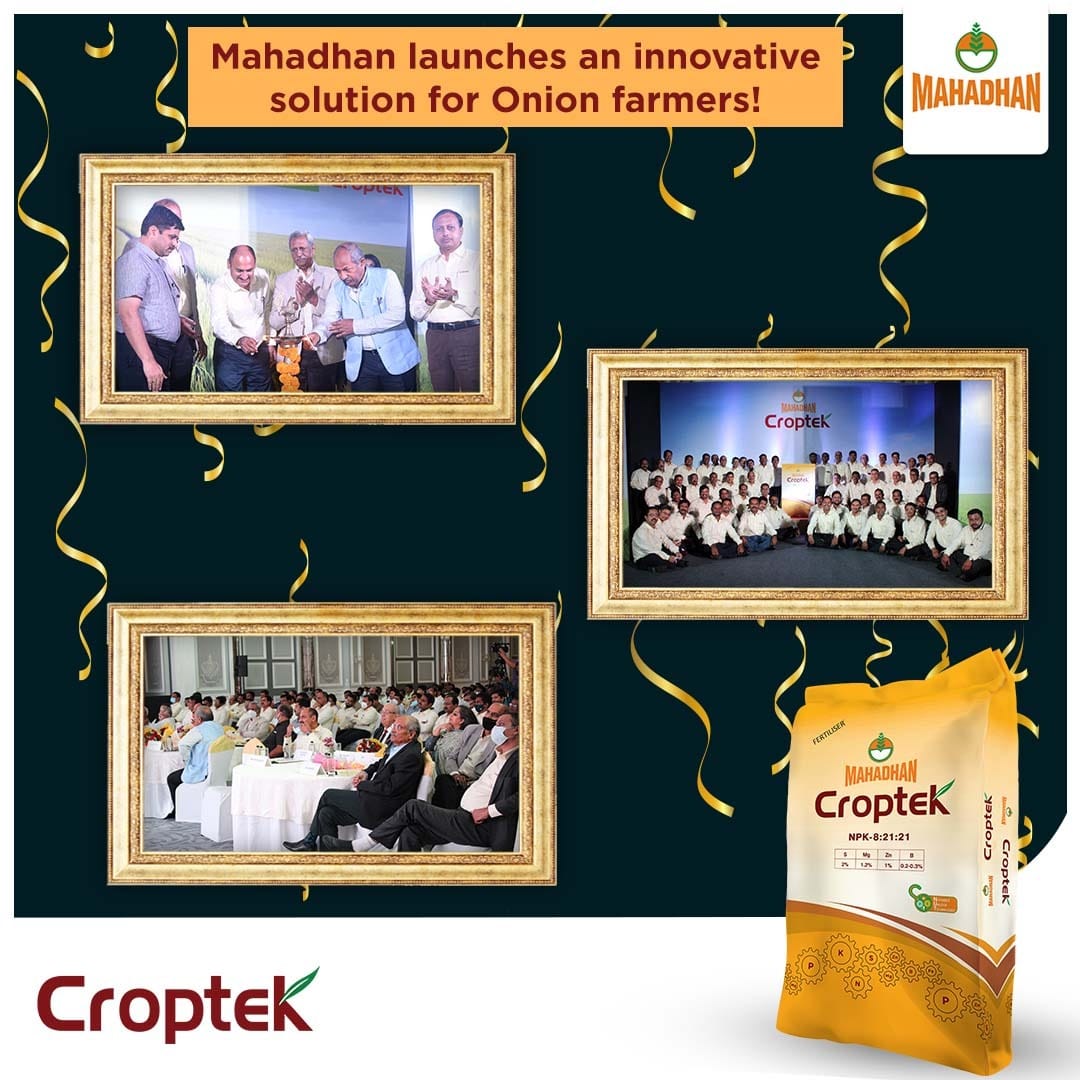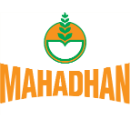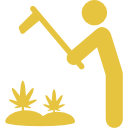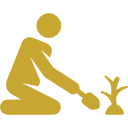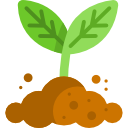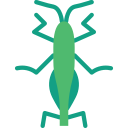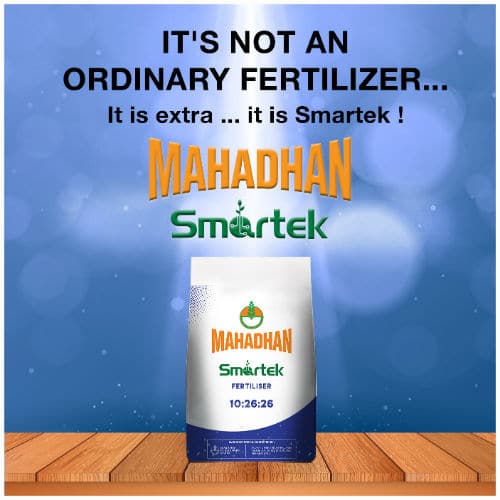
Onion Farming Tips
Onion is a cool season crop. It thrives well in a temperature range of 13-24º C. Red loam to black soils with good drainage facilities are best suited for onion cultivation. The pH range of 5.8–6.5 is optimum for cotton. Onions are very sensitive to salinity and so saline soils and salty irrigation water should be avoided.
The land is prepared by ploughing 5–6 times to obtain fine tilth and form ridges and furrows. Soil for onion cultivation should be highly friable and fertile.
A nursery bed raised with about 4 kg of seeds is sufficient to plant one acre of onion. 45-day old seedlings are transplanted to both sides of the ridges. A spacing of 15 cm from line-to-line and 10 cm from plant to plant is ideal.
2–3 hoeing cycles are enough for the onion crop. After 2–3 irrigation cycles, earthing up is also practised.
Onion is a highly nutrient-responsive crop. In view of the steady depletion of native soil fertility and the occurrence of multiple nutrient deficiencies in onion fields, it is important that nutrient management is properly planned and effectively executed, to give higher yields and better quality of onions. The following schedules of soil and foliar applications are recommended for onion crop nutrition management.
Fertiliser application recommende
d for soil applications

Foliar application of fertilzer

After establishment, irrigate at weekly intervals. Installation of drip system is recommended.
Weeds
Onion is infested with weeds like Dactyloctenium aegyptium, Elusine indica, Cynodon dactylon, Cyperus rotundus and Parthenium hysterophorus.
Weed Management
Pre-emergence application of Pendimethalin (3.5 l/ha) 1–3 days after planting or Oxyfluorfen (150–250 g/ha) applied15-20 days after transplanting, followed by one hand weeding at 45 days helps in managing weeds.
- Thrips and onion fly Management
Thrips and onion fly can be controlled by spraying Methyl demeton 25 EC 1 ml/lit or Dimethoate 30 EC 1 ml/lit or Fipronil at 2 ml/lit with 0.5 ml of a sticker per lit is recommended. - Cutworm Management
Cut worms can be controlled by drenching the soil with Chlorpyriphos @ 2 ml/lit. - Nematode Management
Application of Carbofuran 3 G 1 kg a.i./ha or Phorate 10 G 1 kg a.i./ha at 10 days after transplanting controls the nematode infestation.
- Leaf spot Management
Leaf spot disease can be controlled by spraying Mancozeb 2 g/lit or Copper oxychloride 2 g/lit. Add 1 ml of Teepol to 1 lit of the spray fluid.
Irrigation is stopped a week before harvesting. Onions should be mature and dry when harvested. Harvesting is done when 75% of leaves have dried off or top fall stage. The correct time of harvest is one week after 50% top fall. After lifting, the bulbs with tops should be cured in the shade for 10–15 days, to remove field heat before storage. Then proper sorting and grading is done.
Can we help you?

